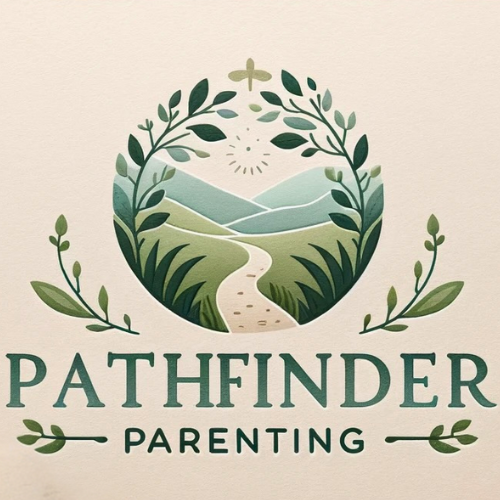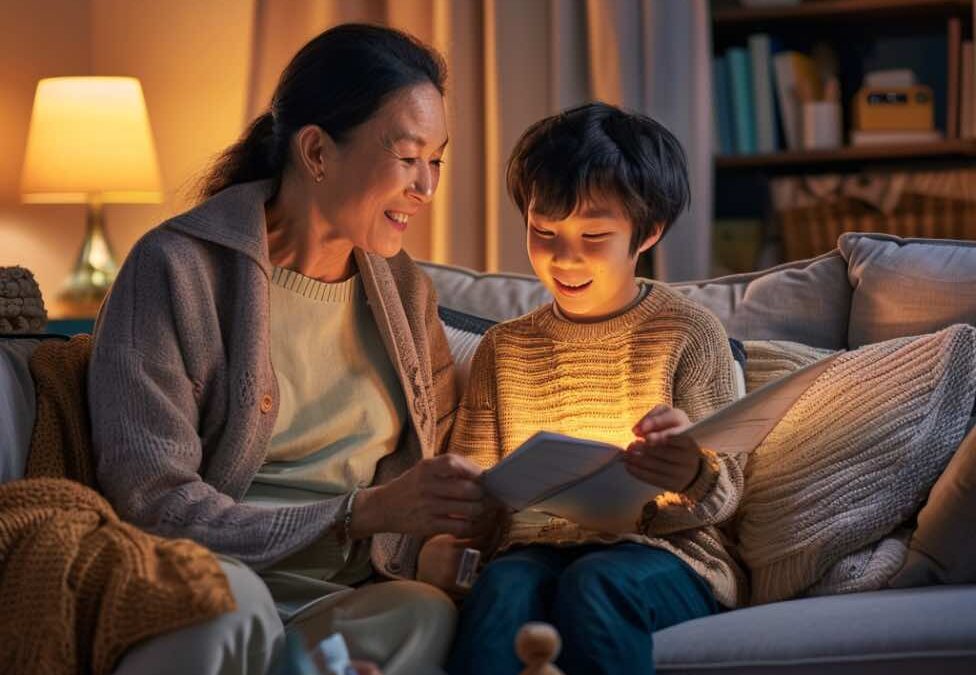It was a quiet evening when I found myself sitting in the living room, my mind racing. My child had just been diagnosed with a learning issue, and the flood of information felt overwhelming. I realized something important: there’s a big difference between simply hearing and truly listening.
Active listening is a skill, a gift we give to others and ourselves. It means focusing entirely on the person speaking, understanding their message, and responding thoughtfully. In contrast, passive hearing is just letting sounds enter your ears without engaging with the message.
I remember a conversation with my friend, Laura, who was sharing her struggles with her son’s new diagnosis. I thought I was listening, but my mind wandered to my own problems. I nodded and made the right sounds, but I wasn’t truly present. Laura noticed and gently said, “I really need you to understand this.” That moment was a wake-up call. I realized I had been doing the same with my child. Hearing, but not listening.
Here’s what changed for me when I started practicing active listening:
Eye Contact: I look my child in the eye when they speak. This shows them that they have my full attention. At first, it was hard to put away distractions like my phone or the TV, but it made a huge difference.
Body Language: I lean in slightly, nodding to show I’m engaged. It’s not just about making them feel heard; it’s about being truly present.
Asking Questions: Instead of just nodding, I ask questions to clarify and show I’m interested. If my child says, “I had a hard day,” I ask, “What made it hard?” This opens up a deeper conversation and helps them feel understood.
Reflecting: I repeat back what my child says in my own words. This not only confirms that I’ve understood them but also helps them feel validated. When my child says, “I feel frustrated with my homework,” I respond with, “It sounds like your homework is really challenging today.”
One night, my child came to me upset about a school project. Instead of saying, “It’ll be okay,” I sat down, looked them in the eye, and asked them to explain what was wrong. We talked for nearly an hour, and I saw the relief in their eyes. They felt heard, and I understood their frustrations and fears. It was a turning point for both of us.
Active listening has not only helped me connect better with my child but has also reduced my fears about their future. By understanding their needs and struggles, I feel more equipped to support them. It’s not about having all the answers; it’s about being present and truly understanding.
For every parent out there, especially those navigating a new diagnosis, active listening can be a game-changer. It bridges the gap between fear and understanding, between anxiety and support. It’s one of the best tools we have to help our children move towards independence and self-sufficiency.

